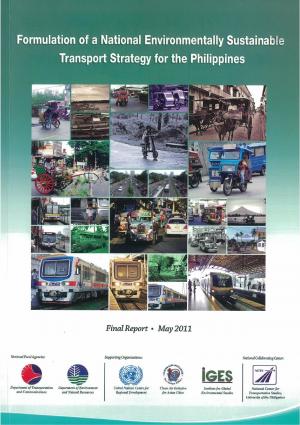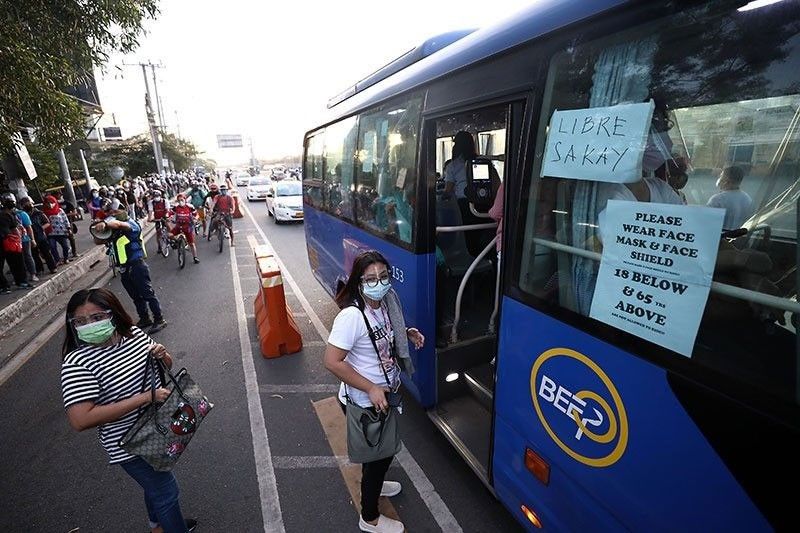Optimize Direct Exposure with Transit Advertising Philippines
Optimize Direct Exposure with Transit Advertising Philippines
Blog Article
Comprehending the Role of Transportation Marketing in Enhancing Brand Presence and Customer Interaction
Transit advertising and marketing has arised as a pivotal component in the advertising landscape, using distinct possibilities for brand names to elevate their presence and engage consumers properly. With the ability to reach a diverse and restricted audience during their everyday commutes, these advertising and marketing strategies are not simply regarding presence; they are about creating significant links with possible consumers. As we explore the multifaceted benefits and ingenious techniques within transportation advertising and marketing, it becomes vital to think about just how these components jointly affect customer assumption and actions, questioning about their long-term impact on brand loyalty.
Interpretation of Transit Advertising And Marketing
Transportation marketing refers to the practice of promoting items, solutions, or brand names via advertisements put in and around mass transit systems. This form of advertising encompasses a selection of positionings, including posters on buses and trains, electronic displays at transit terminals, and wraps on the exterior of lorries. It aims to reach a varied audience, maximizing the high foot traffic associated with public transportation.
Transit advertising is strategically placed to catch the attention of travelers, that commonly spend considerable time waiting or traveling. By integrating ads into the day-to-day regimens of individuals, brand names can create a long-term impression and foster brand name recognition. The tool is specifically reliable in metropolitan atmospheres, where mass transit is a primary setting of travel.
Furthermore, transit advertising can help with localized targeting, permitting services to reach details demographics based on transportation paths and terminal locations. As metropolitan populaces grow and using public transportation increases, this marketing approach has gotten prestige as an important element of integrated advertising approaches. The dynamic nature of transit advertising and marketing, incorporated with its ability to engage customers in a restricted setting, underscores its importance in modern advertising and marketing practices.
Benefits of Transit Marketing
The efficiency of transportation advertising and marketing hinges on its ability to deliver a wide range of benefits to brands looking for to boost presence and involvement. Among the key benefits is the extensive reach it offers; transit ads can efficiently target diverse demographics across metropolitan areas, reaching both pedestrians and commuters alike. This broad exposure considerably improves brand name understanding.
An additional advantage is the high regularity of impacts. As transportation automobiles follow recognized paths and stop at multiple locations, they develop recurring direct exposure that strengthens brand messages. This frequency fosters knowledge, which is critical in customer decision-making.
Transportation marketing is also cost-effective contrasted to various other media platforms. Given its expansive reach and possibility for high perceptions, brands often experience a reduced expense per thousand impressions (CPM), optimizing their marketing budget plan.
Moreover, transportation ads can create a feeling of neighborhood connection. By straightening with neighborhood transit systems, brand names can reverberate with regional target markets and promote a sense of neighborhood satisfaction. This localized strategy improves brand name commitment and engagement, making transportation marketing an engaging option for businesses intending to solidify their visibility out there.

Effective Approaches for Transit Projects
To optimize the impact of transportation campaigns, brand names ought to utilize tactical preparation and execution customized to their target market. First, recognizing the market features of the target market making use of public transit is crucial. This enables brands to produce personalized messaging that reverberates with prospective customers.
Next, selecting the ideal transportation mediums is crucial. Whether utilizing bus covers, subway posters, or digital displays, each tool has distinct benefits that can boost visibility. For circumstances, vivid visuals on bus wraps can draw in interest, while electronic advertisements can be updated frequently to show timely promotions.
Additionally, incorporating a natural branding strategy across transit systems makes certain consistency and strengthens the brand's identity. Using distinctive designs and memorable taglines will certainly enhance brand name recall amongst travelers.
By using these methods, brands can efficiently harness the potential of transportation marketing, fostering greater awareness and link with their target audience. Eventually, a well-executed transit project can drive considerable growth in brand name exposure and consumer involvement.

Determining Impact and Involvement
In examining the efficiency of transportation advertising and marketing campaigns, exact measurement of impact and involvement is vital for brands looking for to optimize their advertising and marketing techniques. Metrics such as reach, regularity, and perceptions provide fundamental data to analyze exposure. Assessing these aspects helps figure out how several prospective consumers are exposed to the promotions during their everyday commutes.
Engagement can be additional determined with customer interactions, such as web site web traffic, social networks states, and direct actions to calls-to-action featured in the ads. Making use of tools like QR codes or one-of-a-kind URLs can help with monitoring of customer behavior straight connected to transportation campaigns. Surveys and feedback systems likewise act as important techniques to collect qualitative information on consumer perceptions and recall of the ad.
In addition, advanced analytics and attribution designs can associate transportation direct exposure with subsequent acquiring actions, supplying understandings into the roi. By utilizing a detailed strategy that combines quantitative and qualitative steps, brands can establish a he said nuanced understanding of their transportation marketing effect. Inevitably, this data-driven approach makes it possible for brand names to improve their projects, guaranteeing they reverberate properly with click target market and boost total brand name presence.
Instance Researches of Effective Projects
Effective transportation marketing campaign work as compelling examples of just how reliable strategies can boost brand presence and engagement. Transit Advertising Philippines. One noteworthy case is the "I Love New York" project, which changed the city's image and attracted millions of visitors. By making use of train advertisements, billboards, and bus covers, the project produced a strong, natural brand name identity, resulting in a substantial uptick in tourist and regional business patronage
An additional excellent campaign is Coca-Cola's "Share a Coke" campaign, which leveraged transportation advertising to individualize the brand name experience. By featuring preferred names on marketing materials throughout various transportation systems, Coca-Cola fostered a much deeper psychological connection with customers, motivating them to share their experiences on social media.
In addition, the "Got Milk?" campaign effectively used mass transit advertisements to reach a wide audience, enhancing the message of the significance of milk in a well balanced diet plan. The project saw a measurable rise in milk usage in target demographics.
These case research studies illustrate that when carried out thoughtfully, transportation advertising and marketing can substantially enhance click site brand presence, foster consumer interaction, and drive measurable outcomes, showing its important duty in modern advertising approaches. - Transit Advertising Philippines
Final Thought
Finally, transit marketing functions as a vital tool for boosting brand name visibility and promoting customer involvement. By utilizing tactically positioned advertisements within public transportation systems, brands can successfully enhance and get to varied audiences recognition with constant direct exposure. The execution of targeted messaging and innovative strategies even more magnifies the influence of transit campaigns. Ultimately, the capability to determine involvement and assess effective study highlights the efficiency of transit marketing in driving brand loyalty and customer interactions.
Transit advertising has actually arised as an essential aspect in the marketing landscape, offering one-of-a-kind possibilities for brands to elevate their presence and involve consumers effectively.In addition, transportation advertising can facilitate local targeting, enabling businesses to get to certain demographics based on transit courses and station locations.In examining the efficiency of transportation marketing campaigns, exact measurement of influence and interaction is important for brand names seeking to maximize their advertising strategies.Effective transit advertising and marketing campaigns offer as compelling instances of how efficient strategies can raise brand exposure and engagement.In verdict, transit advertising and marketing serves as an essential tool for boosting brand exposure and cultivating consumer interaction.
Report this page